single-award.php
MURAKAMI Suminao Award 2022 and the JDR Annual Awards 2022
 MURAKAMI SUMINAO AWARD FOR DISASTER RESEARCH 2022 WINNER |
|
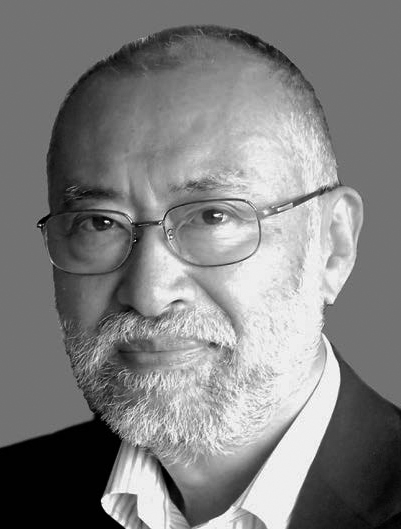 |
|
| Hideaki Karaki The University of Tokyo |
|
Testimonial
Presenting the MURAKAMI Suminao Award 2022
It is our great pleasure to present the MURAKAMI Suminao Award to Prof. Hideaki Karaki.
Professor Karaki has made outstanding contributions to the Journal of Disaster Research (JDR) as an important member of the JDR editorial board for a long time. He is Professor Emeritus, in the Department of Veterinary Medical Sciences, at The University of Tokyo, and he is a former president of Foundation of Food Safety and Security. His major contributions to the JDR have been in the area of medical disasters such as infectious disease pandemics. The JDR covers various kinds of disasters, both natural and man-made, such as geological, hydrological, or microbial disasters, and medical or infectious disease disasters are also important to mention. His excellent manuscripts have also been in the JDR. Furthermore, he has comprehensive knowledge of various fields in addition to his field of specialization. He has had a long career as an editor of the JDR, and his opinions in editorial meetings have always been valuable.
Thus, his contributions to the JDR make him very deserving of the MURAKAMI Suminao Award.
I wish to thank to Professor Karaki for his contributions and to congratulate him as the winner of the Award.
Sumio Shinoda
Professor Emeritus, Okayama University, Japan
Past Director, Collaborative Research Center of Okayama University
for Infectious Diseases in India, Okayama University, Japan
Message from the Winner
I would like to express my sincere gratitude for the MURAKAMI Suminao Award for Disaster Research 2022 and the JDR Award for the Most Contributory Reviewer 2022. It has been a great pleasure to serve on the editorial board for many years, and I have had the opportunity to talk with distinguished members of the editorial board who specialize in natural disasters such as earthquakes, volcanoes, and floods, which are completely outside my field of expertise, biology and medicine, and who have greatly broadened my perspective.
The saying goes that disasters come just when you forget about them, but we have been in a situation recently where disasters come before we forget about them. There have been so many disasters: the panic that began with the discovery of cattle infected with bovine spongiform encephalopathy in Japan in 2001, the simultaneous terrorist attacks in the U.S. and the U.S. military invasion of Afghanistan around the same time, the poisoning of frozen dumplings made in China in 2007, the Tohoku Earthquake and Fukushima Daiichi Nuclear Power Plant accident in 2011, the COVID-19 problem that has continued from 2019 to the present, the invasion of Ukraine by Russia in 2022 and the resulting energy crisis and food shortages, as well as earthquakes, torrential rains, landslides, and typhoons that have occurred every year.
The purpose of JDR, I believe, would be to stimulate research on these disasters, thereby providing a basis for the development of technologies for disaster prevention and control. In this regard, I have been concerned about the distance between science and technology: in the case of COVID-19, research on the causative virus, combined with messenger RNA vaccine technology, led to the fastest vaccine ever developed. On the other hand, the development of a cure has been slow, and the only treatment for pneumonia has been the old-fashioned one. Recently, antiviral drugs have been developed, but their efficacy has yet to be determined.
There are many reasons for the distance between science and technology, and I hope that the research results published in JDR will play a role in reducing that distance.
On my 81st Birthday,
Hideaki Karaki
December 3, 2022
Congratulations!
We are pleased to announce that the MURAKAMI Suminao Award for Disaster Research and the JDR annual awards (the JDR Award for the Most Cited Paper, the JDR Award for the Most Downloaded Article, and the JDR Award for the Most Contributory Reviewer) of 2022 have been decided by the JDR editorial boards. The award ceremony was held on November 30, 2022 in hybrid style (both on-site and online). We congratulate the winners and sincerely wish for future success.
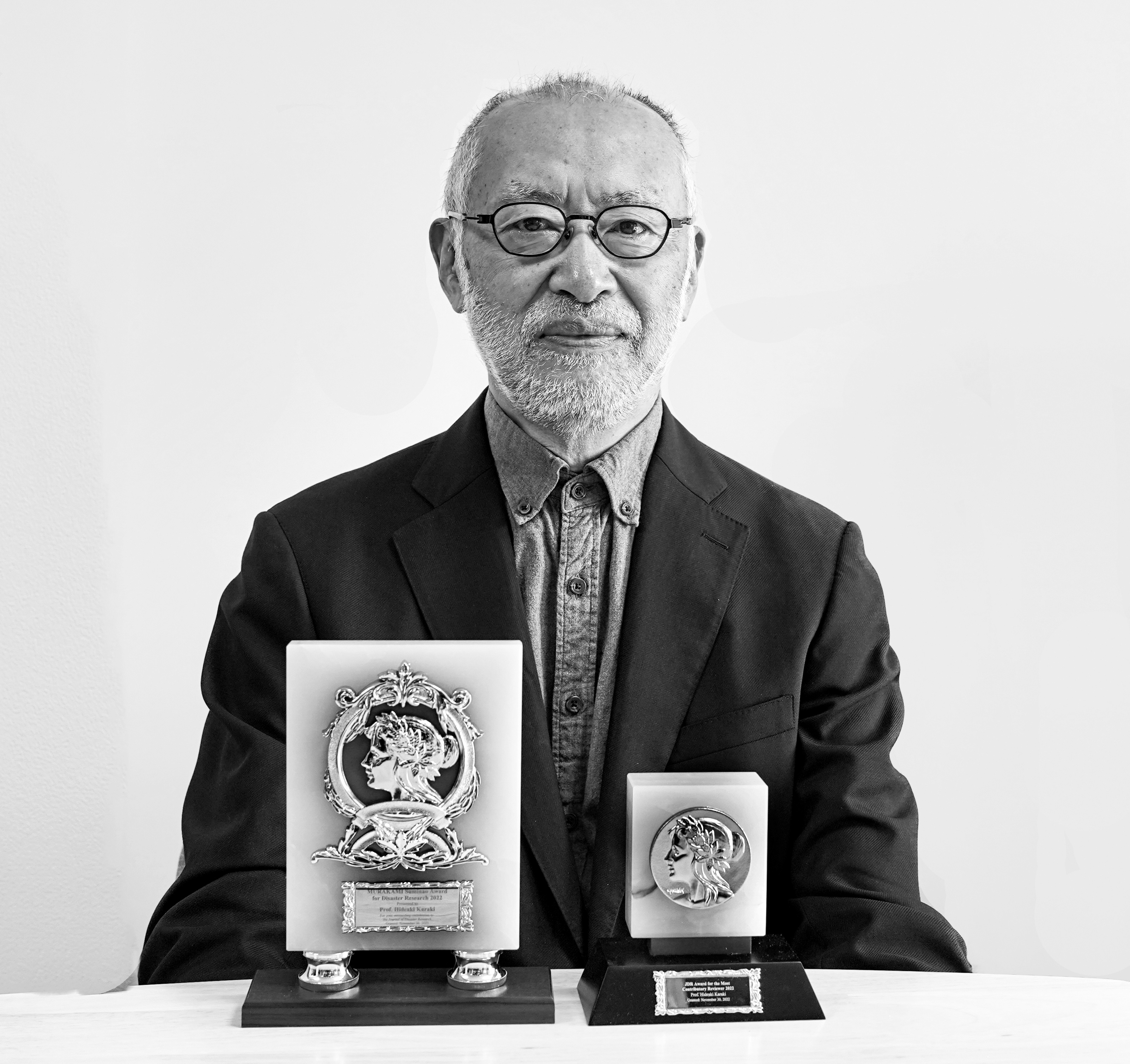
Photo: The certificates and plaques of MURAKAMI Suminao Award for Disaster Research and the JDR Award for the Most Contributory Reviewer were presented to the winner, Prof. Hideaki Karaki.
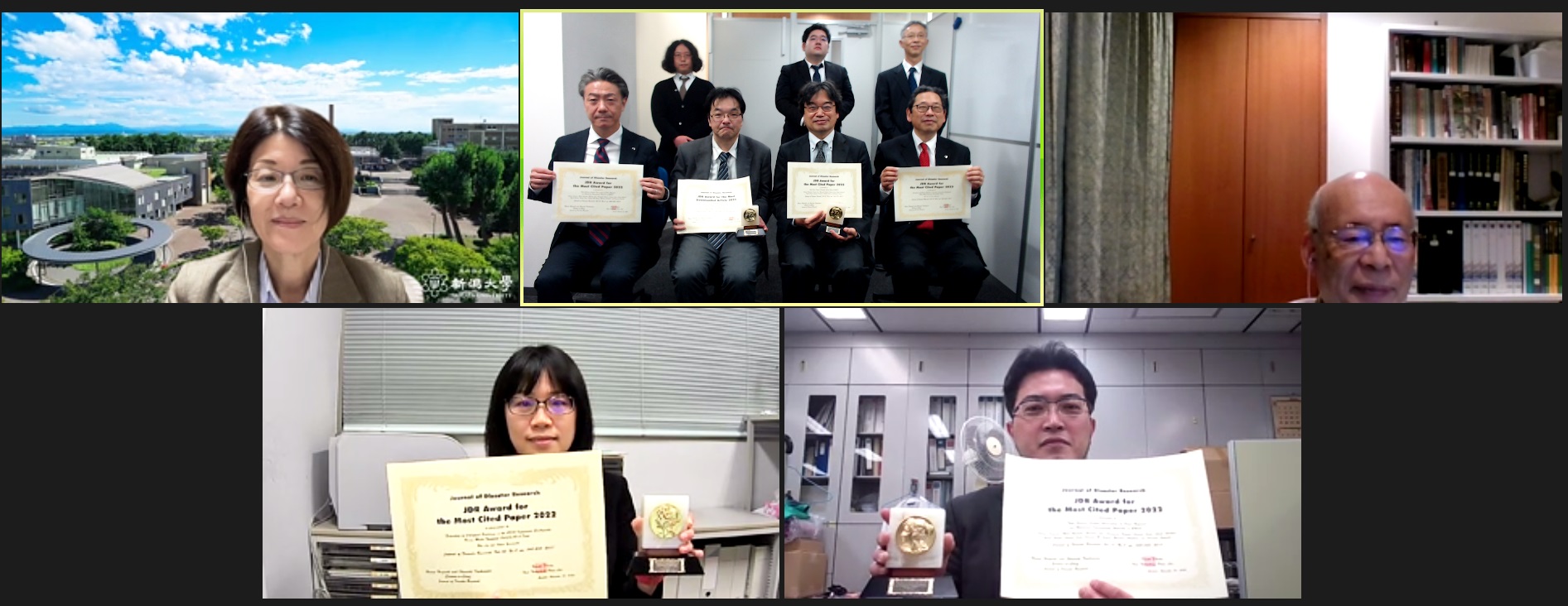
Photo: The winners and the JDR Editors at the ceremony. From the left in the upper row, Prof. Keiko Tamura, Prof. Shunichi Koshimura (Editor-in-Chief), an editorial staff, Dr. Nobuyuki Morikawa (the JDR Award for the Most Downloaded Article winner), an editorial staff, Dr. Narumi Takahashi (the JDR Award for the Most Cited Paper winner), Dr. Yonetatsu Matsumoto (President of the Fuji Technology Press Ltd.), Dr. Haruo Hayashi (Editor-in-Chief), and Dr. Syunsuke Ikeda; from the left in lower row, Dr. Wen Liu (the JDR Award for the Most Cited Paper winner) and Dr. Takuya Tsugawa (the JDR Award for the Most Cited Paper winner).
JDR AWARD FOR THE MOST CITED PAPER 2022 Extraction of Collapsed Buildings in the 2016 Kumamoto Earthquake Using Multi-Temporal PALSAR-2 Data Wen Liu and Fumio Yamazaki |
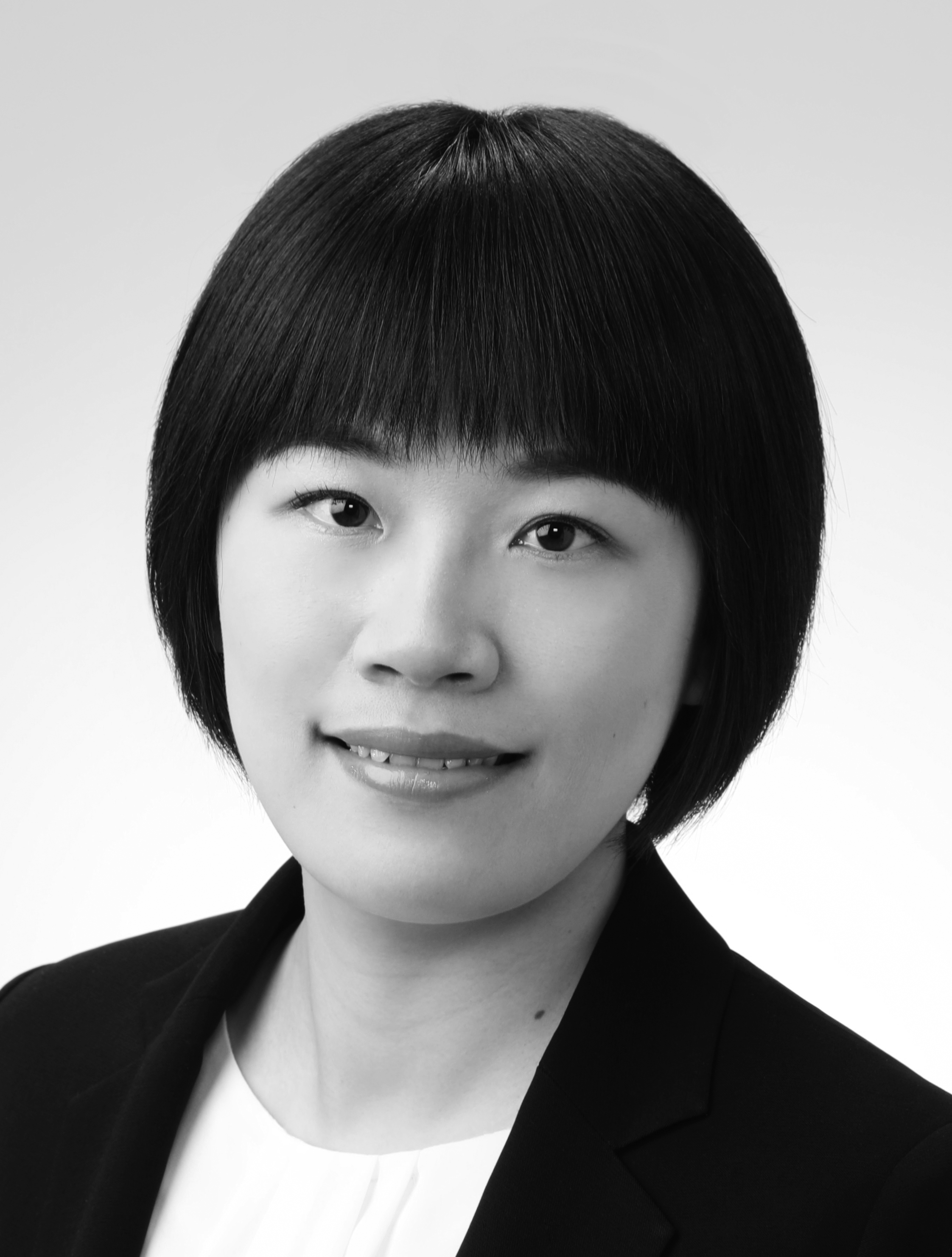 | 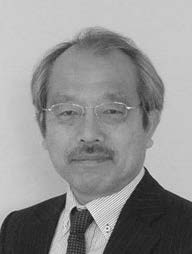 |  |
| Wen Liu Graduate School of Engineering, Chiba University | Fumio Yamazaki Graduate School of Engineering, Chiba University |
Message from the Winner
It is my honor to receive the JDR Award for the Most Cited Paper 2022. I would sincerely like to thank the JDR editorial office, reviewers, and my co-author, Professor Yamazaki, for their support.
The paper that received this honor was “Extraction of Collapsed Buildings in the 2016 Kumamoto Earthquake Using Multi-Temporal PALSAR-2 Data.” In this work, we proposed three change indices for evaluating the damage to buildings in Mashiki Town, Kumamoto Prefecture that were severely affected by the 2016 Kumamoto Earthquake. The indices were calculated from two pre- and one co-event ALOS-2 PALSAR-2 images. The most valid factor was adopted by comparing the extracted results with the reference data from field surveys. The factor was then applied to larger affected areas of Kumamoto City and its surroundings. In this work, the ALOS-2 proved to very effective in recognizing damages caused by nature disasters.
This work has been cited by 21 journal papers as of December 2022. I am grateful to the editorial board of the JDR for affording us the opportunity to have this work published. We hope our results in this paper will help even more scientific works. Encouraged by this award, we will continue to conduct future investigations to further disaster prevention and management.
Wen Liu
December 8, 2022
JDR AWARD FOR THE MOST CITED PAPER 2022 Real-Time Tsunami Prediction System Using DONET Narumi Takahashi, Kentaro Imai, Masanobu Ishibashi, Kentaro Sueki, Ryoko Obayashi, Tatsuo Tanabe, Fumiyasu Tamazawa, Toshitaka Baba, and Yoshiyuki Kaneda |
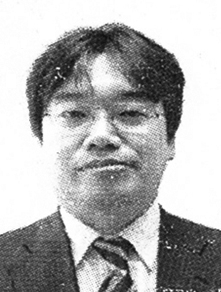 | 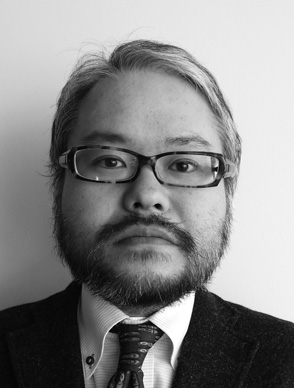 | 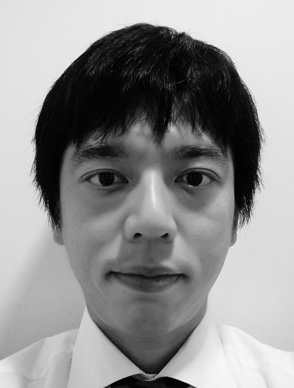 | 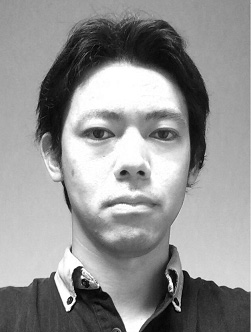 |  |
| Narumi Takahashi National Research Institute for Earth Science and Disaster Resilience | Kentaro Imai Japan Agency for Marine-Earth Science and Technology | Masanobu Ishibashi Wakayama Prefecture | Kentaro Sueki Japan Agency for Marine-Earth Science and Technology |
 | 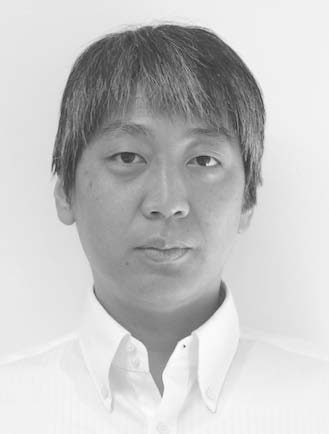 | 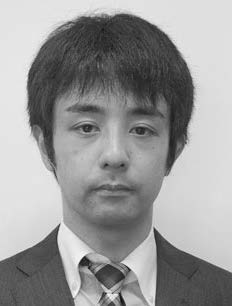 | 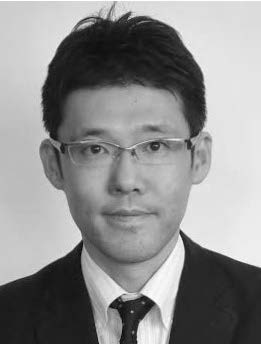 | 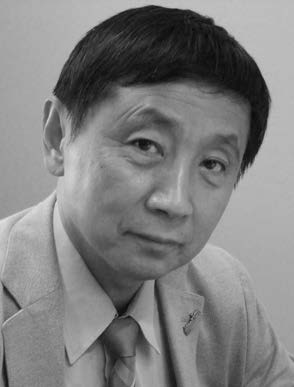 |  |
| Ryoko Obayashi Japan Agency for Marine-Earth Science and Technology | Tatsuo Tanabe NTT Data CCS Corporation | Fumiyasu Tamazawa NTT Data CCS Corporation | Toshitaka Baba Tokushima University | Yoshiyuki Kaneda Kagawa University |
Message from the Winner
We are very honored to receive the prestigious JDR Award for the Most Cited Paper 2022. The winning paper, “Real-Time Tsunami Prediction System Using DONET,” discusses a system that uses data from the Dense Oceanfloor Network system for Earthquakes and Tsunamis (DONET), which was installed in the rupture areas of the 1944 Tonankai and 1946 Nankai earthquakes in order to instantly generate and visualize tsunami prediction information. The forecast information from this system consists of tsunami arrival time, maximum tsunami height, tsunami inundation area, and inundation depth distribution. The system, which visualizes and distributes forecast information for areas where users need it as a supplement to the tsunami information provided nationwide by the Japan Meteorological Agency, has been introduced in Wakayama Prefecture, Mie Prefecture, Chiba Prefecture, and the city of Owase, as well as by Chubu Electric Power Co., Inc. After DONET was installed in the Tonankai rupture area, we were considering the possibility of using DONET data regionally, and we developed the system as results of discussions with Wakayama Prefecture and Chubu Electric Power Co., Inc. Under the concept that the users themselves would be operating the system, we intended to make the system as simple and easy to understand as possible, and to reduce costs by minimizing the number of hardware units. We also considered making the system flexible and scalable, recognizing that each user has a different way of how to use the tsunami forecast information. We were able to receive this award thanks to the cooperation of the people who were involved in many discussions with us during the process of establishing the concept. We will not become complacent going forward, but will continue to improve our system in ways that reflect the opinions of the users. We would like to thank everyone who has cited this paper with their interests.
Narumi Takahashi
December 16, 2022
JDR AWARD FOR THE MOST CITED PAPER 2022 Total Electron Content Observations by Dense Regional and Worldwide International Networks of GNSS Takuya Tsugawa, Michi Nishioka, Mamoru Ishii, Kornyanat Hozumi, Susumu Saito, Atsuki Shinbori, Yuichi Otsuka, Akinori Saito, Suhaila M. Buhari, Mardina Abdullah, and Pornchai Supnithi |
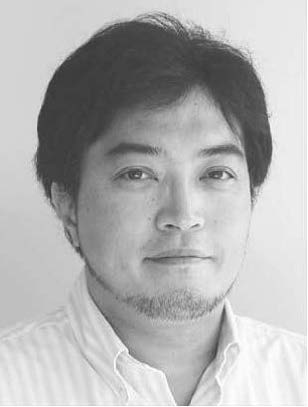 | 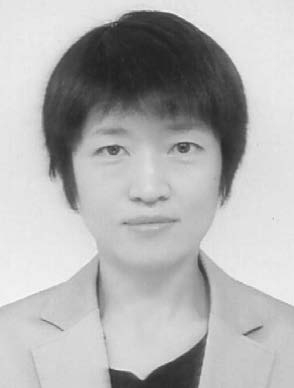 | 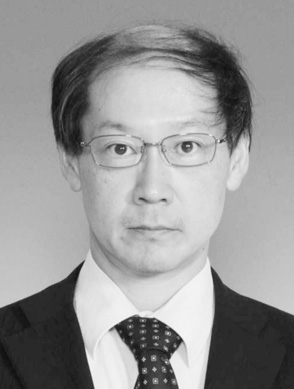 | 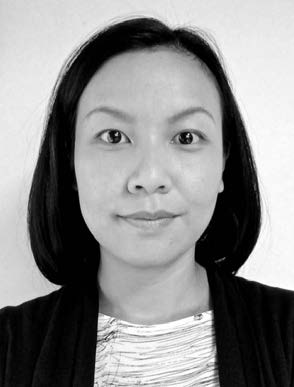 |  |
| Takuya Tsugawa National Institute of Information and Communications Technology | Michi Nishioka National Institute of Information and Communications Technology | Mamoru Ishii National Institute of Information and Communications Technology | Kornyanat Hozumi National Institute of Information and Communications Technology |
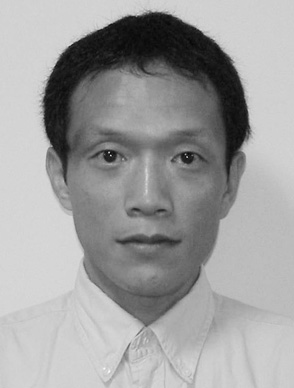 | 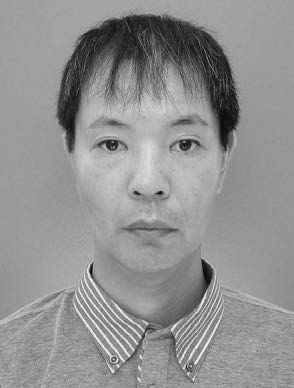 | 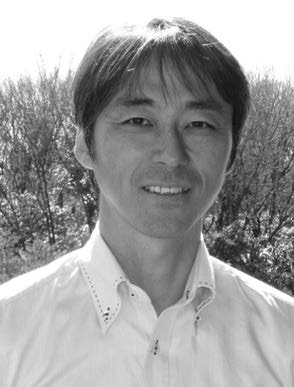 | 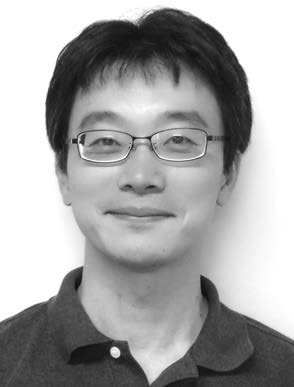 |  |
| Susumu Saito National Institute of Maritime, Port, and Aviation Technology | Atsuki Shinbori Institute for Space-Earth Environmental Research, Nagoya University | Yuichi Otsuka Institute for Space-Earth Environmental Research, Nagoya University | Akinori Saito Graduate School of Science, Kyoto University |
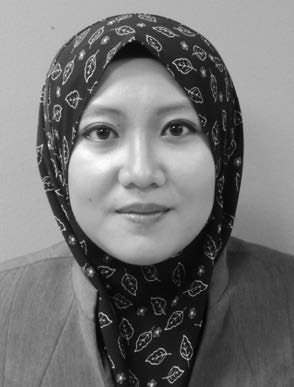 | 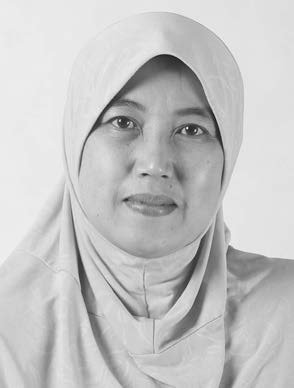 | 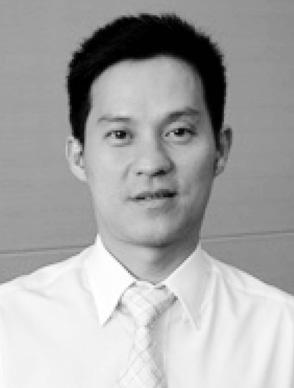 |  |
| Suhaila M. Buhari Universiti Teknologi Malaysia | Mardina Abdullah Universiti Kebangsaan Malaysia | Pornchai Supnithi King Mongkut's Institute of Technology Ladkrabang |
Message from the Winner
I am very honored to receive the JDR Award for the Most Cited Paper 2022, and I am very grateful to the editorial board and staff of the Journal of Disaster Research. The paper, “Total Electron Content Observations by Dense Regional and Worldwide International Networks of GNSS,” reviews our research related to ionospheric observations using GNSS receiver networks. Since the late 1990s, the rapid development of GNSS receiver networks has made it possible to observe the ionosphere in two dimensions with high temporal and spatial resolution, revealing new features of various ionospheric phenomena. Ionospheric observation using GNSS receiver networks has become an indispensable method of observation in the space weather field. After the 2011 Tohoku Earthquake, it was revealed that various atmospheric waves excited by earthquakes and tsunamis propagated up to the ionosphere and caused ionospheric variations, suggesting the possibility of tsunami monitoring using ionospheric observations. We are also working on the standardization of ionospheric data formatting to achieve even higher spatial resolution and wider coverage of ionospheric observation using GNSS receiver networks through international cooperation. Encouraged by this award, we will continue our research and development efforts with a view to applying this technology not only to space weather but also to natural disasters such as earthquakes and tsunamis.
Takuya Tsugawa
December 20, 2022
JDR AWARD FOR THE MOST DOWNLOADED ARTICLE 2022 A New Ground Motion Prediction Equation for Japan Applicable up to M9 Mega-Earthquake Nobuyuki Morikawa and Hiroyuki Fujiwara |
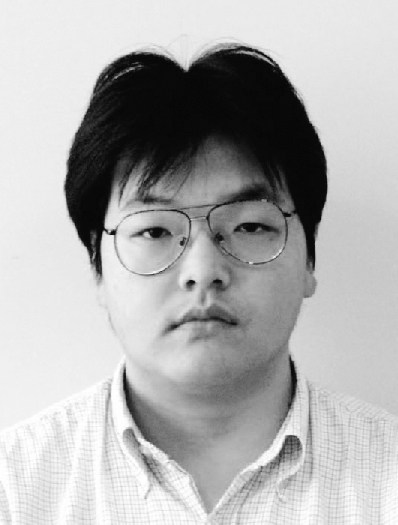 | 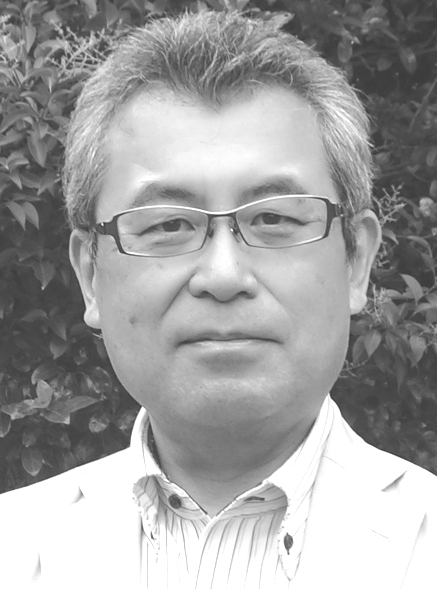 |  |
| Nobuyuki Morikawa National Research Institute for Earth Science and Disaster Resilience | Hiroyuki Fujiwara National Research Institute for Earth Science and Disaster Resilience |
Message from the Winner
We are very honored to receive the JDR Award for the Most Downloaded Article 2022, a new award from the Journal of Disaster Research (JDR).
After the 2011 Great Tohoku Earthquake, it is now said that a magnitude 9-class earthquake could occur in the Nankai Trough, and it is necessary for us to know how strong ground motion (shaking) we will experience during such a great earthquake in order to take countermeasures. In this paper, we developed a new seismic motion prediction model that is applicable to M9-class earthquakes. We did this by adding the strong-motion records of the 2011 Great Tohoku Earthquake to the many records accumulated by various organizations since the 1950s. We would like to express our gratitude to all the organizations that provided us with their valuable records.
Nearly 10 years have passed since the publication of the paper, and the records accumulated during that time have helped us to recognize the usefulness of our proposed model. We understand that our paper is still being downloaded in large numbers today and that our model is now being used not only in research but also in practice.
As natural disasters occur more frequently in Japan and around the world, we hope that JDR will continue to grow and develop as an international source of useful knowledge on natural disasters.
Nobuyuki Morikawa
December 8, 2022
 JDR AWARD FOR THE MOST CONTRIBUTORY REVIEWER 2022 |
|
 |
|
| Hideaki Karaki The University of Tokyo |
|
Acknowledgments
The Journal of Disaster Research is full peer review journal. Our review process is supported by a large number of volunteer reviewers. The editorial board would like to appreciate their efforts and cooperation to maintain, to improve, and to refine the quality of the journal. We would list up the reviewers who have worked in Volume 17, in order to express our sincere gratitude for their cooperation. We would also hope their further support to our journal.
Reviewers for Vol.17
AKITOMI, Shinji ALBINI, Paola AMANO, Kensaku ARAKAWA, Soichi
ASAI, Ayumi BABA, Toshitaka BANBA, Michiko BENIYA, Shohei
BHATTACHARYA, Yasmin BORET, Sébastien Penmellen CHARBONNIER, Sylvain J.
CHATTERJEE, Ranit CHIBA, Tatsuro CHIBA, Yohei CHOWDHURY, Shehla
COSTA, Antonio DEL CARLO, Paola EBARA, Masaharu EBINA, Yuichi
EGAWA, Shinichi FUJIKURA, Ryo FUJIMI, Toshio FUJIWARA, Osamu
FUMOTO, Shinichi FURUMURA, Takashi FURUYA, Naoyuki FURUYA, Osamu
GOKON, Hideomi GRAETTINGER, Alison H. GRESSE, Marceau HADA, Yasunori
HAMABATA, Takashi HAMADA, Morihisa HANASAKI, Naota HARADA, Eiji
HASEGAWA, Takeshi HASHIMOTO, Masakazu HAYASHI, Haruo HAYASHI, Isao
HAYASHI, Shunji HIRAMATSU, Yoshihiro HONJO, Yuichi HORIE, Kei
HOSOKAWA, Masafumi IALNAZOV, Dimiter Savov ICHIKAWA, Yutaka ICHIKO, Taro
IGUCHI, Masato IIJIMA, Yoshio IMAMURA, Daisuke INAGAKI, Keiko
INO, Eri INOGUCHI, Munenari ISHIHARA, Ryoga ISHII, Kensuke
ISHIWATARI, Mikio ISHIZAKI, Yasuo IWATA, Tomotaka IYER, Monica
IZBEKOV, Pavel IZUMI, Takako JEONG, Byeongpyo KAI, Tatsuro
KAMITANI, Wataru KANDA, Wataru KANEKO, Shinji KANO, Yasuyuki
KARAKI, Hideaki KATAYAMA, Kazuhiko KATO, Naoyuki KAWABATA, Takuya
KAWAIKE, Kenji KAWASAKI, Akiyuki KAWASAKI, Kota KHOMSAN, Ali
KIMURA, Reo KITAHARA, Kei KOBAYASHI, Nobumichi KODAKA, Akira
KOMATSU, Toshimitsu KOMORI, Daisuke KOSHIMURA, Shunichi KOSHIYAMA, Kenji
KOUMOTO, Hiroko KOYAMA, Maki KOYAMA, Masato KOYAMA, Takao
KOYAMA, Tomofumi KURODA, Teruo LEE, Yanling Sophia MAENO, Fukashi
MAGILL, Christina MAKI, Norio MALY, Elizabeth MANEE, Donpapob
MANNEN, Kazutaka MARUYA, Hiroaki MATEO, Cherry May MATSUKAWA, Anna
MATSUSHIMA, Nobuo MATSUSHIMA, Takeshi MCCLAIN, Shanna N. MINAMI, Takuto
MIURA, Hiroyuki MIWA, Takahiro MIYABUCHI, Yasuo MIYAMOTO, Kuniaki
MIYOSHI, Shin-ichi MOE, Idham MORITA, Daichi MORITA, Masaaki
MORITA, Yuichi MOTOMURA, Kazushi MOTOYUI, Shojiro MUHARI, Abdul
MUKAI, Kengo MULYASARI, Farah MUNEKANE, Hiroshi MURAO, Osamu
NAGAI, Daisuke NAGAMATSU, Shingo NAGAMI, Kozo NAGATA, Toshimitsu
NAGATSUMA, Tsutomu NAKANO, Genta NAKAU, Koji NAKAYA, Hiroaki
NAKAYAMA, Keisuke NAKAYAMA, Mikiyasu NASU, Masao NISHIKAWA, Satoru
NOJIMA, Nobuoto NUMADA, Muneyoshi OGINO, Kaoru OHARA, Miho
OHKUSA, Yasushi OHMI, Shiro OHNO, Ayumu OHTOMO, Shoji
OKAMATSU, Akiko OKAZAKI, Taichiro OKUNO, Mitsuru ONO, Takahiro
ONO, Yuichi OTSUYAMA, Kensuke OZEKI, Toshihiro PROIETTI, Cristina
PUTIRKA, Keith RAMAMURTHY, Thandavarayan RANGSIWANICHPONG, Prem
RASMY, Mohamed RIAHI, Vahid ROCHE, Olivier SAITO, Takeshi
SAKAI, Shinichi SAKAMOTO, Maiko SAKAMOTO, Mayumi SAKATA, Tomohiko
SARARIT, Titaya SASAKI, Daisuke SATAKE, Kenji SATO, Eiichi
SATO, Shosuke SATO, Tomonori SAWADA, Masahiro SAYAMA, Takahiro
SCOLLO, Simona SHAW, Rajib SHIMAMOTO, Tadashi SHIMIZU, Yasuyuki
SHINODA, Sumio SHIOBARA, Hajime SHIOTA, Sumiko SHOJI, Daigo
SUGIMORI, Reiko SUGIURA, Mikiko SUMARWAN, Ujang SUMI, Tetsuya
SUPPASRI, Anawat SURJAN, Akhilesh SUZUKI, Shingo SUZUKI, Yujiro
TADOKORO, Keiichi TAISNE, Benoit TAKAGI, Tatsuya TAKAHASHI, Makoto
TAKENOUCHI, Kensuke TAKEUCHI, Shingo TAMURA, Keiko TANAKA, Kenji
TANAKA, Ryo TANAKA, Satoshi TANIOKA, Yuichiro TATSUKI, Shigeo
TEBAKARI, Taichi TERUMOTO, Kiyomine TSUDA, Toshihide TSUKAHARA, Kenichi
UCHIMURA, Taro UESAWA, Shimpei UMEMOTO, Michitaka USUI, Yoshiya
UY, Noralene VINAYAVEKHIN, Sukrit WAKAZUKI, Yasutaka WANG, Da-Hong
WANG, Qingyu WANG, Qinxue WATABE, Kazuhito WATANABE, Kenji
WATANABE, Yasuharu WRIGHT, Heather M. YAMAMOTO, Takahiro
YAMAMOTO CHIKASADA, Naotaka YAMANAKA, Hiroyasu YAMASHIKI, Yosuke Alexandre
YAMASHIRO, Tetsu YAMASHITA, Tetsuo YASUDA, Atsushi YOKOTA, Kenji
YOSHII, Takumi YOSHIKAWA, Yasuhiro ZHAO, Chongjin